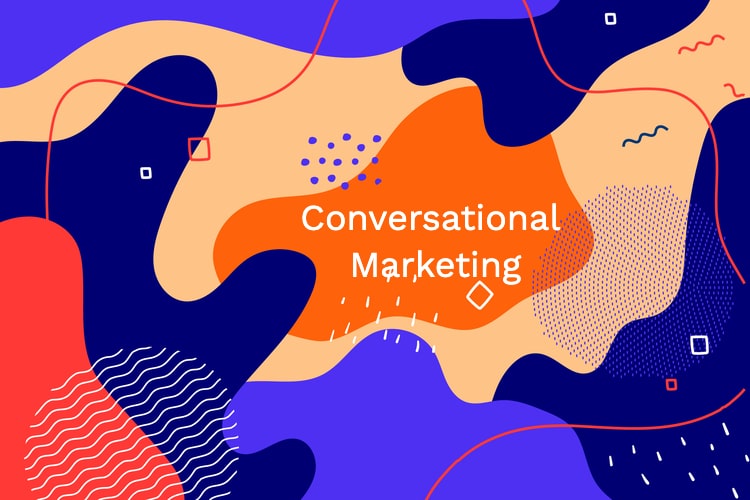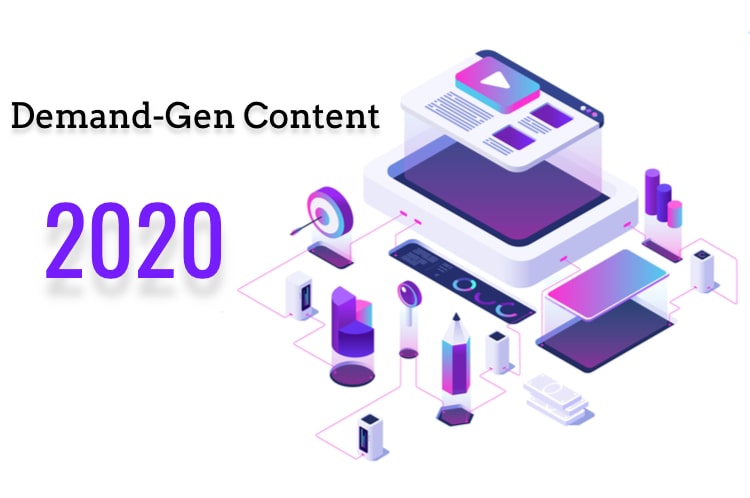When it comes to writing persuasive copy, savvy content writers know that the devil is in using cognitive biases to their advantage.
What do I mean by this? Let me explain.
Read the following sentence:
A BIRD IN THE
THE HAND IS WORTH
TWO IN THE BUSH
Do you see anything unusual? No? Try again…
Yes, you are correct, the word “the” is written twice. But, how come you’ve missed it the first time you read the caption?
We, humans, like to praise ourselves for being logical creatures, capable of taking in and objectively evaluating the information available to us. The reality is, however, that it is hard to avoid interpretation. Our judgment has its limitations and it can be influenced by a large number of biases.
The first of the limitations of human thinking is something known as cognitive bias.
According to Wikipedia.com, a cognitive bias is the “tendency to think in certain ways that can lead to systematic deviations from a standard of rationality or good judgment.” In other words, a cognitive bias is an error in thinking that our brain makes when it tries to interpret the world around it.
The problem with cognitive biases is that we can’t fight them. Unlike logical fallacies, which are errors in logical argumentation, cognitive biases are genuine limitations in our thinking.
But, this doesn’t mean you can’t use them to your advantage. In fact, smart content writers use them frequently in their writing.
So, let’s take a look at 5 cognitive biases and learn how to use them to influence, engage and sell.
First Things First, Why Do Our Brains Play Tricks On Us?
We have far too many ways of interpreting the world for our own good. In order to cope, our brains create shortcuts to summarize the trillions of details available. According to Nassim Nicholas Taleb, we tend to remember more easily, the facts from our past that fit a specific narrative, while we tend to neglect those facts that do not play a role in that narrative.
Consider the behavior of a paranoid person. In theory, the person knows that not all boogles are zoogles, but when they encounter a boogle, they can’t help but think that they are, in fact, a zoogle.
In an effort to explain cognitive biases, researchers mapped our ways of thinking in two ways – System 1 (the experiential one) and System 2 (the cognitive one). Nassim Taleb explains them in his book, “The Black Swan, The Impact of the Highly Improbable”.
System 1, or the experiential one, is what we call intuition. It is automatic, emotional and it allows us to function rapidly and effectively. At times, because the processes are so fast, System 1 can lead us into severe mistakes.
System 2, or the cognitive one, is what we call thinking. It is slow, rational and self-aware. It makes fewer mistakes than System 1, and it allows us to retrace our steps and make corrections if necessary.
Most of the cognitive biases come from using System 1 when we are in fact thinking that we are using System 2.
How Content Writers Can Use Cognitive Biases To Influence Readers’ Behavior
So, cognitive biases allow us to process the information around us more efficiently, especially in dangerous situations. This is the reason why you don’t sit down to think whether there is truly a bear attacking you or if it’s just an optical illusion. You run! But, the trouble with human thinking is that it is prone to mistakes.
Experienced content writers know how to use these mistakes in their advantage to influence their readers’ behavior and to motivate them to take action.
Let’s take a look at the five most common cognitive biases and learn how you can use them in your writing.
The Anchoring Effect
We love to make comparisons. When we are presented with something new (a product, a person or an idea), we immediately compare it to something else to make a decision. This psychological phenomenon is known as “the anchoring effect.”
Imagine the following scenario: You walk into an electronics store and see a kickass gaming computer. You read the specs – the computer is ultra-performant and it can fit a variety of needs. You try it out – it is flawless. You lift the tag to check the price – $2,000.
“It’s too expensive, I can’t afford it!” you say to yourself as you put it back on the stand. And, just as you were about to leave, a sales person stops you and tells you that the computer is on sale for $1,300.
$1,300 is still a lot of money, but $700 off the initial price seems like a great deal, so you decide to buy the computer.
Because of the anchoring effect, $1,300 is now considered cheap.
How to Use the Anchoring Effect
Instead of letting people find the anchor themselves, show it to them. For instance, if you blog for business, and you are trying to sell your products through content marketing, list your most expensive items first. This way, if the first thing they see advertised on your blog is a $500 course, but below they see a $150 eBook, the eBook will seem like a bargain.
The Framing Effect
The framing effect is a cognitive bias that invokes our tendency to make choices based on how a problem is presented.
In a study, two groups were offered two alternative solutions for 600 people affected by an imaginary deadly disease. One group was given a positive frame, while the second one was given a negative frame. The study found that the two groups made their choices based on the way the options were presented.
How to Use the Framing Effect
Before you communicate your message, create the frame in which you want your prospect to receive it. For instance, if you run a business blog, and you write an article about inspiring lessons your readers can learn from successful entrepreneurs, you can start your piece with a story about an entrepreneur who faced a lot of challenges but managed to get to the top. This way, you create a positive starting point for your readers and you make them more open to your suggestion.
Use the framing bias to frame negative words as positive words. For example, instead of saying “afraid” say “uncomfortable” or instead of saying “exhausted” say “recharging” and so on.
The Bandwagon Effect
Originality is overly emphasized in today’s society. We like to think that we are special, that we don’t follow the crowd, and that we do things on our own terms. But, the reality is that we don’t like to be left out. So, we mimic what other people are doing.
Take the release of a new iPhone for example. Without a doubt, there would be many buyers waiting in line to buy the new smartphone. Let’s say that you already have the last iPhone and you don’t need the new one. But, you’ve noticed your friends bought the new one and you start to feel to urge to get one for yourself as well.
This cognitive bias is known as “the bandwagon effect” and is characterized by the idea that the more popular something becomes, the greater the chance of even more people trying it.
How to Use the Bandwagon Effect
We humans have a fundamental need to belong and to feel closely connected to other. Furthermore, in moments of uncertainty, others serve as cue as what we should do. Smart content writers are aware of this genuine need and use it to their advantage.
Consider the following scenario. A new reader lands for the first time on your blog. He likes your articles and he would like to be notified about future blog posts. But, he needs validation. He wants to know that he is not the only person who gave you his email address. So, if he finds out that 15.000 other people are already subscribed, he is more likely to join the community.
The Loss Aversion Bias
“I like to win, but more than anything, I can’t stand the idea of losing. To me, losing means death”, says Lance Armstrong in the trailer for the documentary “The Armstrong Lie”.
As it turns out, most of us hate losing. In fact, we hate losing so much that we are willing to go to great lengths to avoid losing a thing we never wanted in the first place. Moreover, the idea of losing is twice as powerful as the idea of gaining. In other words, someone who wins the bronze medal will have more satisfaction than the winner of the silver medal.
This is what cognitive psychologists call “loss aversion”.
How to Use the Loss Aversion Bias
Write your CTAs or your headlines so that it feels to your readers like a loss if they don’t click them. Make them believe that not reading your article or not signing up to your newsletter will be a loss for them.
For example, if you host a webinar, send your subscribers a news alert telling that there are only 5 seats left. This way, you will urge them to take action.
The Status Quo Bias
We humans tend to be afraid of change, which often leads us to making decisions that guarantee that things will remain the same. Even when we are dissatisfied with something, we rarely take action, and prefer to stick to our routines.
Part of our stubbornness is the assumption that another choice will be inferior or it will make things worse. So, we tend to prefer the current state of affairs regardless of how bad they are.
How to Use the Status Quo Bias
One thing experienced content writers have learned is that it is a bad idea to overwhelm readers with decisions. The more decisions your readers have to make, the less likely they are to take action.
If someone who lands on your blog has to decide whether to comment, share, like, subscribe or join a new webinar, they will simply leave without taking any action at all.
Also, remember never to force change on your audience, unless it’s absolutely necessary.
Over to you
Understanding how people think and what motivates them to change their behavior can be a great advantage. Cognitive biases have a strong impact on the way we see and interpret the information available to us. When used properly, they can influence your audience and help you grow your blog.
Are you using any of these cognitive biases? What other biases do you use? Let us know in the comment section below.








